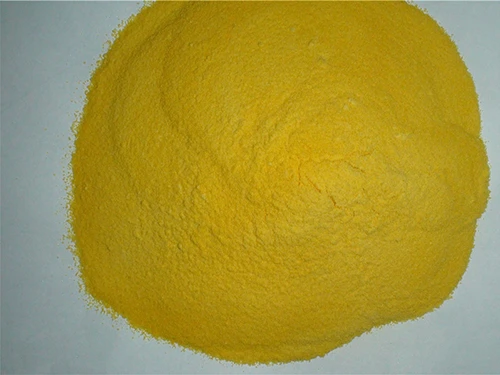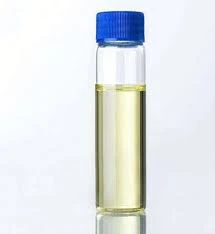2 月 . 16, 2025 02:39
Back to list
Acrylic Acid-2-Acrylamido-2-Methylpropane Sulfonic Acid Copolymer (AA/AMPS)
Poly aluminium chloride (PAC) is a versatile substance that has found comprehensive usage in the field of water treatment. Its unique chemical properties make it particularly effective for this purpose, and understanding its role deepens our appreciation of its benefits and applications. As someone who has worked extensively in water treatment solutions, I can attest to the significant impact PAC has had on improving water quality across various sectors.
One of the standout attributes of PAC in water treatment is its speed of action. This rapid response capability is crucial during peak usage periods or emergencies, allowing treatment facilities to maintain optimal performance without sacrificing water quality. Operators report that PAC-augmented systems frequently achieve desired turbidity levels faster than those using traditional treatments, providing a compelling case for its inclusion in both new and existing treatment facilities. In high-demand drinking water systems, PAC’s performance shines. It ensures that potable water meets health and safety standards by effectively tackling contaminants and ensures that customers receive clean water safely and reliably. Its non-toxic, user-friendly nature simplifies handling requirements, reducing the risks associated with chemical exposure for treatment facility personnel and the surrounding community. Despite PAC's myriad benefits, successful implementation depends on understanding site-specific requirements. Water treatment experts must carefully assess raw water characteristics and align PAC application practices with overall treatment goals. Monitoring and adjusting doses ensure optimal results, reflecting the continuous nature of water treatment dynamics. In conclusion, poly aluminium chloride is a cornerstone solution in the water treatment landscape. Its characteristics align well with evolving industry standards that prioritize efficiency, sustainability, and safety. Through its powerful coagulation capabilities, adaptability, and efficiency, PAC not only addresses immediate water quality challenges but also sets the stage for sustainable water management practices globally. Those seeking to optimize their water treatment processes would be wise to consider PAC as a transformative component, delivering on both performance and environmental responsibility.


One of the standout attributes of PAC in water treatment is its speed of action. This rapid response capability is crucial during peak usage periods or emergencies, allowing treatment facilities to maintain optimal performance without sacrificing water quality. Operators report that PAC-augmented systems frequently achieve desired turbidity levels faster than those using traditional treatments, providing a compelling case for its inclusion in both new and existing treatment facilities. In high-demand drinking water systems, PAC’s performance shines. It ensures that potable water meets health and safety standards by effectively tackling contaminants and ensures that customers receive clean water safely and reliably. Its non-toxic, user-friendly nature simplifies handling requirements, reducing the risks associated with chemical exposure for treatment facility personnel and the surrounding community. Despite PAC's myriad benefits, successful implementation depends on understanding site-specific requirements. Water treatment experts must carefully assess raw water characteristics and align PAC application practices with overall treatment goals. Monitoring and adjusting doses ensure optimal results, reflecting the continuous nature of water treatment dynamics. In conclusion, poly aluminium chloride is a cornerstone solution in the water treatment landscape. Its characteristics align well with evolving industry standards that prioritize efficiency, sustainability, and safety. Through its powerful coagulation capabilities, adaptability, and efficiency, PAC not only addresses immediate water quality challenges but also sets the stage for sustainable water management practices globally. Those seeking to optimize their water treatment processes would be wise to consider PAC as a transformative component, delivering on both performance and environmental responsibility.
Share
Latest news
-
The Ultimate Guide to Flocculants: Transforming Water TreatmentNewsNov.01,2024
-
Improve Your Water Treatment Solutions with PolyacrylamideNewsNov.01,2024
-
Enhance Your Water TreatmentNewsNov.01,2024
-
Empower You to Achieve the Highest Standards of Water QualityNewsNov.01,2024
-
Effective Scale InhibitorsNewsNov.01,2024
-
Discover the Power of Poly Aluminum Chloride in Water TreatmentNewsNov.01,2024





